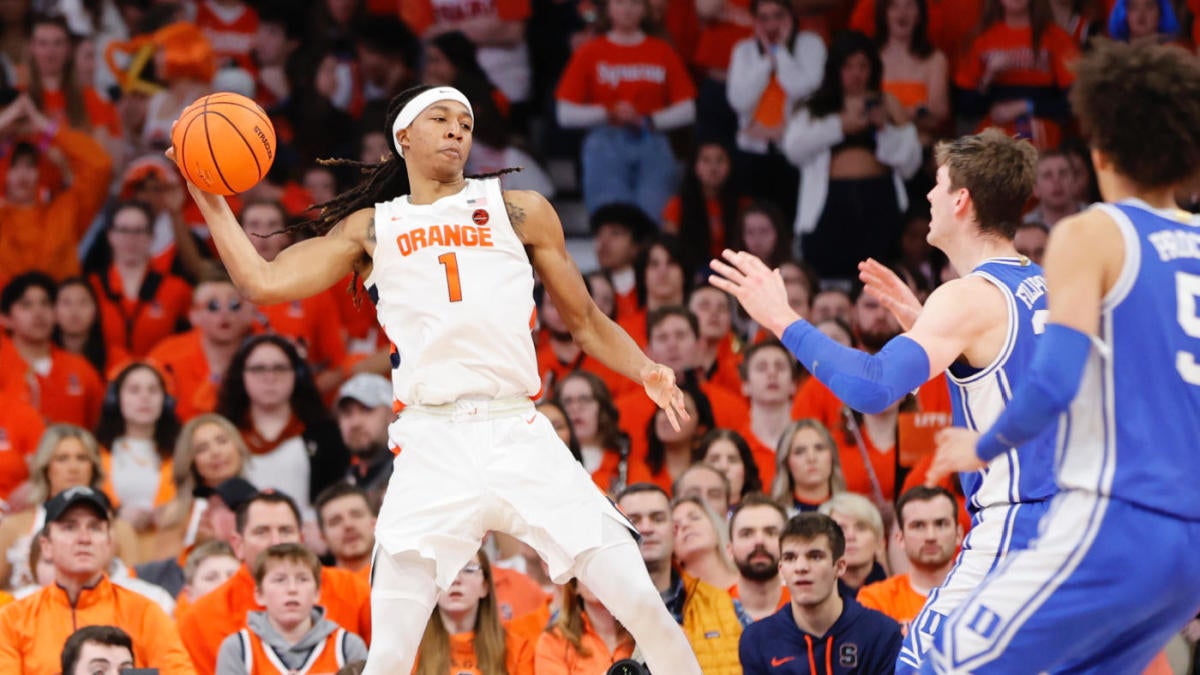For although a scrappy race from George Russell and Lewis Hamilton ultimately meant the chances of a victory from pole position slipped through its grasp, a deeper dive of its weekend pace has prompted the competition to reappraise where it sees Mercedes in the pecking order.
As McLaren team principal Andrea Stella admitted, Mercedes is now delivering a car that in dry conditions at least appears to be out of touch for anything his squad can do at certain points of race weekends.
“I was already saying on Thursday to some of your colleagues that I think Mercedes is part of the fastest teams,” he said.
“Some of the lap times they did the Monaco, some of the lap times they did in the previous events, they were at that stage of the weekend for us, out of range.
“We could not do that lap time at that time of the weekend, not even with low fuel and engine up.
“Clearly they had potential, and I think they’re starting to learn how to use it.”
Photo by: Sam Bagnall / Motorsport Images
One of those out-of-reach moments came on Saturday morning in Canada when Hamilton dominated final free practice with a lap that was 0.374 seconds faster than Max Verstappen’s Red Bull.
While some of that gap may have been flattered from using an extra set of soft tyres, it would be wrong to suggest that this run was just a bit of showboating that did not tell the true picture of relative form.
Reflecting on the weekend and the promise shown by the team, Mercedes boss Toto Wolff was clear that it was not that single lap that offered the best insight into things.
“In FP3 Lewis did a lap that was out of this world. That was so quick,” said Wolff. “Then his long run was stratospheric, galactical. So, there was a lot of pace.”
That long run from FP3 is indeed interesting, as not many teams elected to try to get some race runs done in the final practice session – with Friday’s running having been so interrupted by the weather.
Hamilton’s long run was like this: 18.224, 18.278, 17.969, 17.533, then an outlier followed by 17.559 and 18.490.
Running a bit later in the session, Max Verstappen did a comparably long run that produced these times: 18.777, 18.419, 17.980, 17.884, 17.982, 17.935, 18.334, 18.889, 18.327.
The data alone probably puts Hamilton’s run slightly ahead – so not quite the ‘stratospheric’ brilliance that Wolff has talked about.

Lewis Hamilton, Mercedes F1 W15
Photo by: Sam Bloxham / Motorsport Images
But what we don’t know, of course, is fuel loads – and that may well be the answer as to why Wolff was so happy about things. If Hamilton was able to pull that form off with a pretty hefty tank, then that looked very promising indeed.
The way Mercedes made an impact on the opposition in Canada was not just about lap times though, because there was some other evidence over the weekend about its strong form being more noticeable.
All season there have been signs of speed from the W15, but it has been inconsistent – and the team has especially struggled when it comes to getting the best out of the car in both low and high-speed corners.
In curing low-speed understeer, it made the W15 a tricky beast in the fast stuff thanks to oversteer. But in dialling out the nervous rear end in the high speed, the car did not want to turn in for the slower turns.
So, as the icing on the cake for a series of upgrades that Mercedes has delivered in recent races, its new front wing has done much to address those balance problems.
And it could well be that final step it needed, in allowing Hamilton and Russell to maximise the potential that has been there for a while, is the real story of what we saw in Canada.

Lewis Hamilton, Mercedes F1 W15
Photo by: Zak Mauger / Motorsport Images
For McLaren team principal Stella said that even watching some on-board footage of the Mercedes cars in action left him in no doubt about the strengths now of the W15 package.
“I’m not surprised that Mercedes could unlock some performance working on the front wing,” he said.
“There is a possibility that they have also kind of fixed some issues that they were having with the previous front wing. Potentially it was just too experimental, or it wasn’t delivering as they expected.
“But it looks like with this front wing development they’ve taken, their front end looks very strong.
“And even when you look at the onboards, which I was taking a look at of the Mercedes drivers, they hardly need to turn the steering wheel to get the nose of the car at the apex. This is at times a good feature!”
Watch: Canadian GP Race Review – Wet and Wild Vs Cool and Calm








